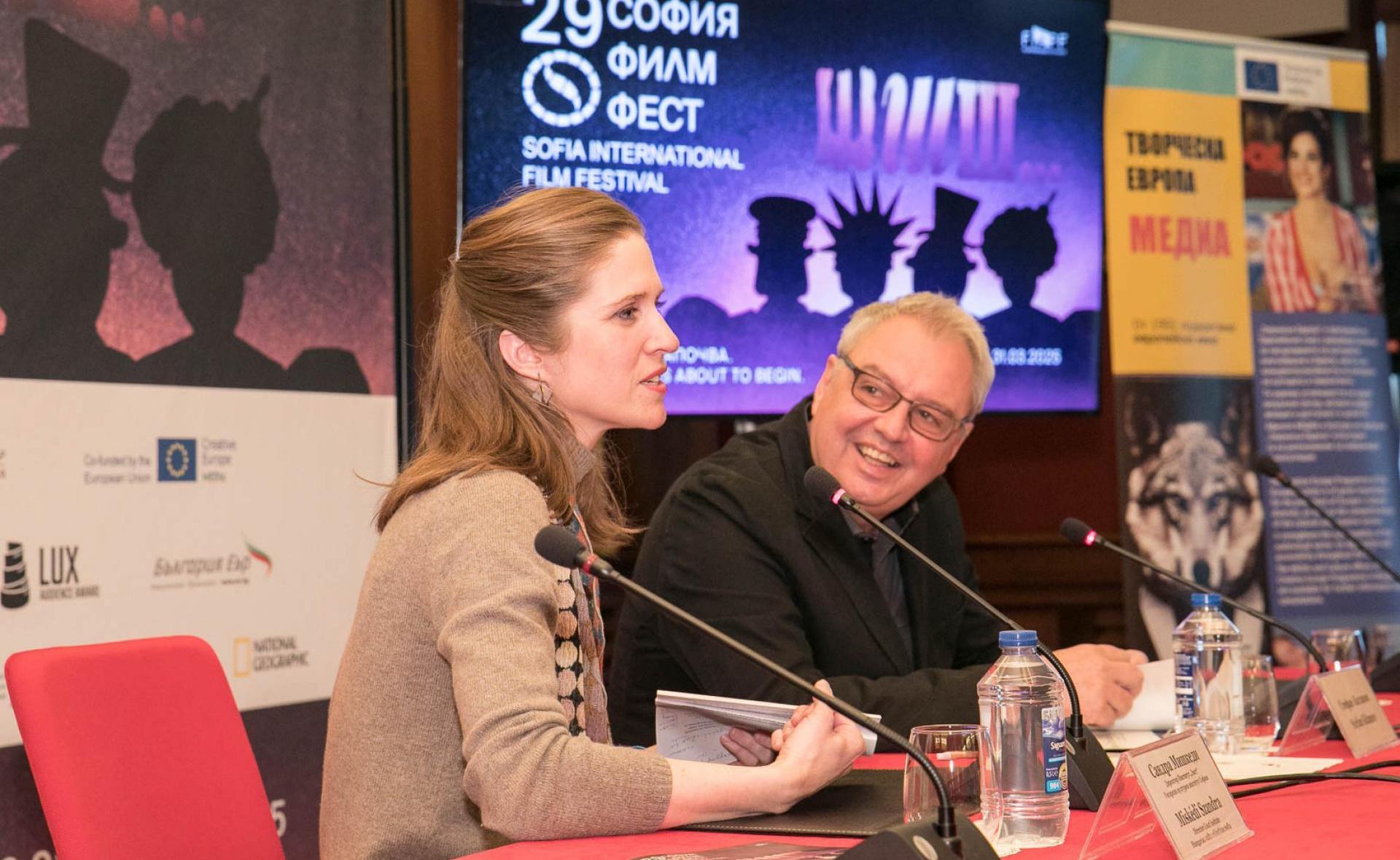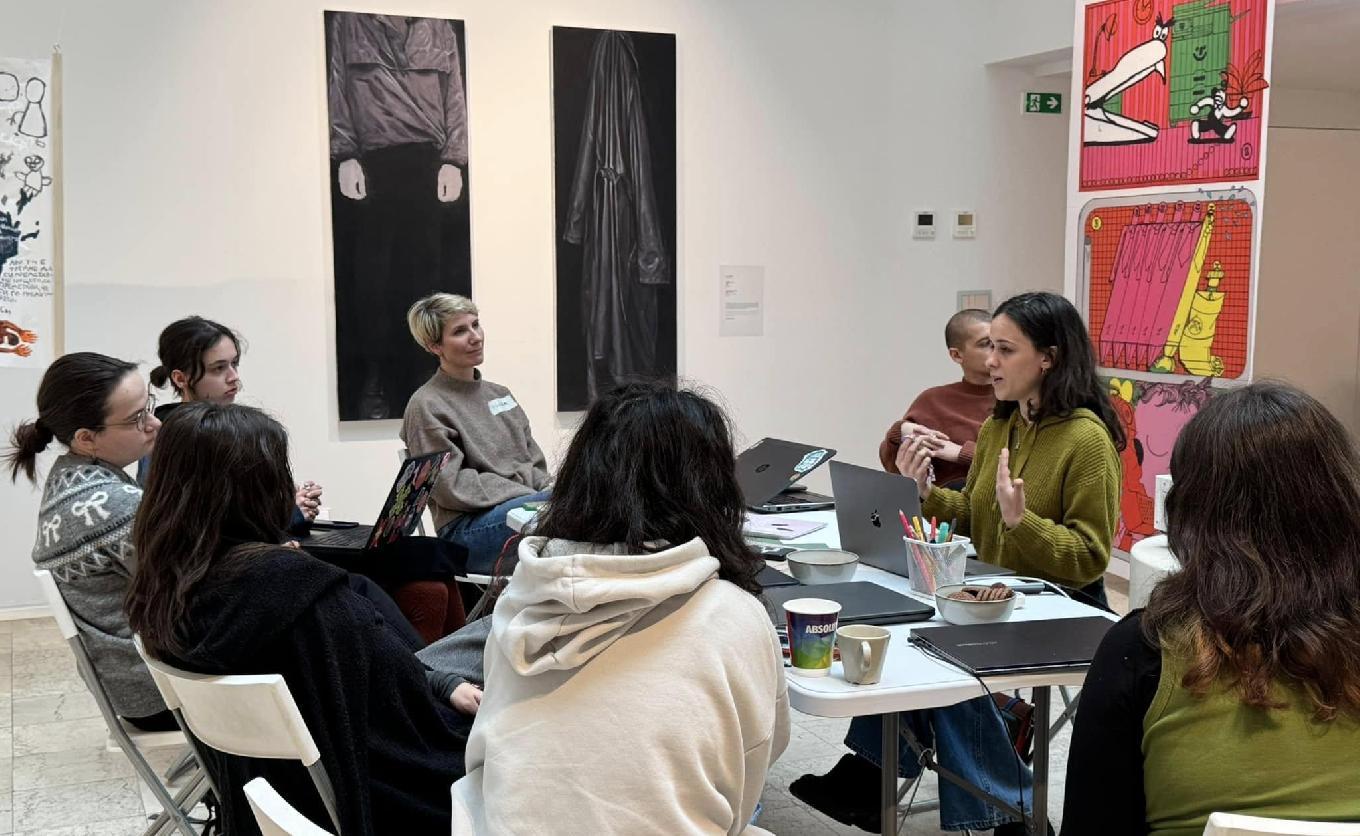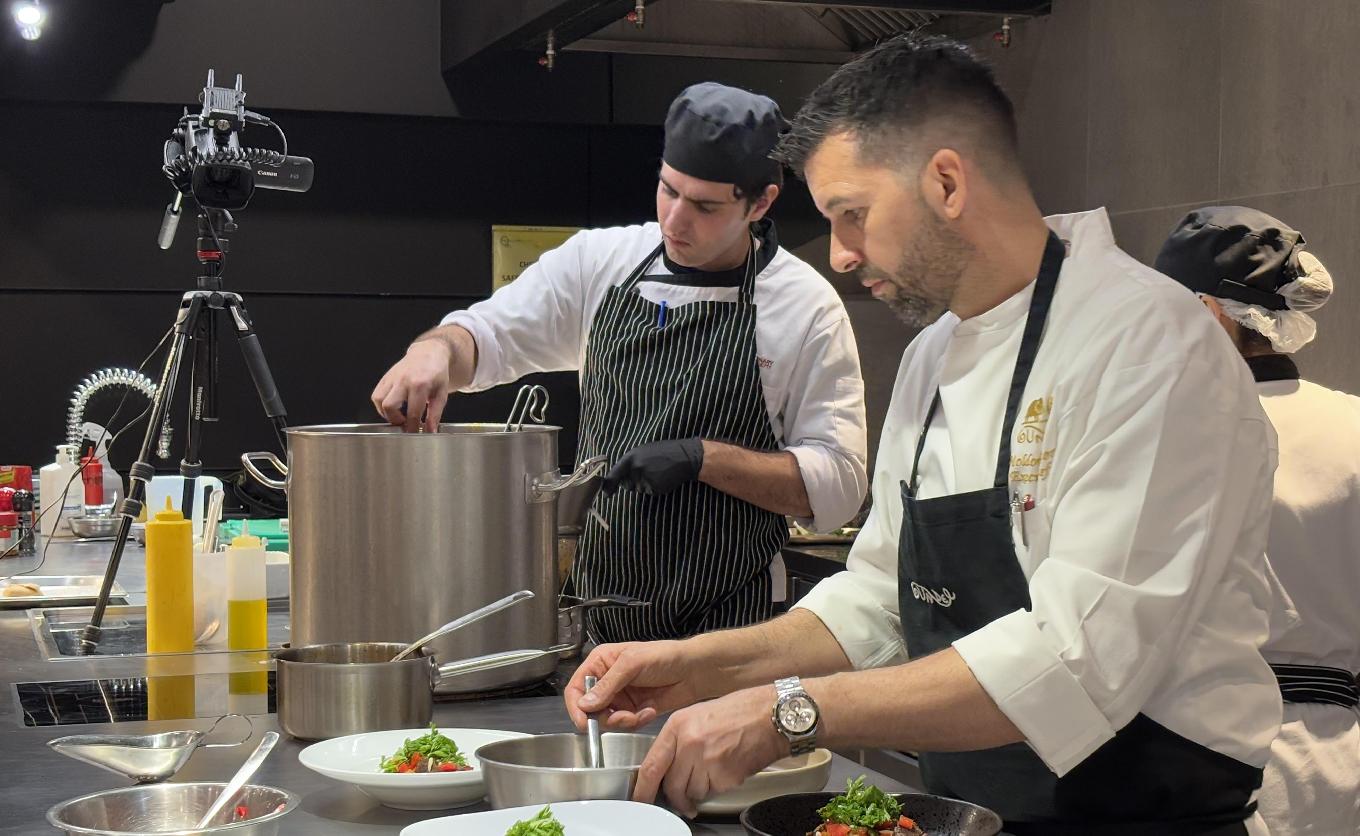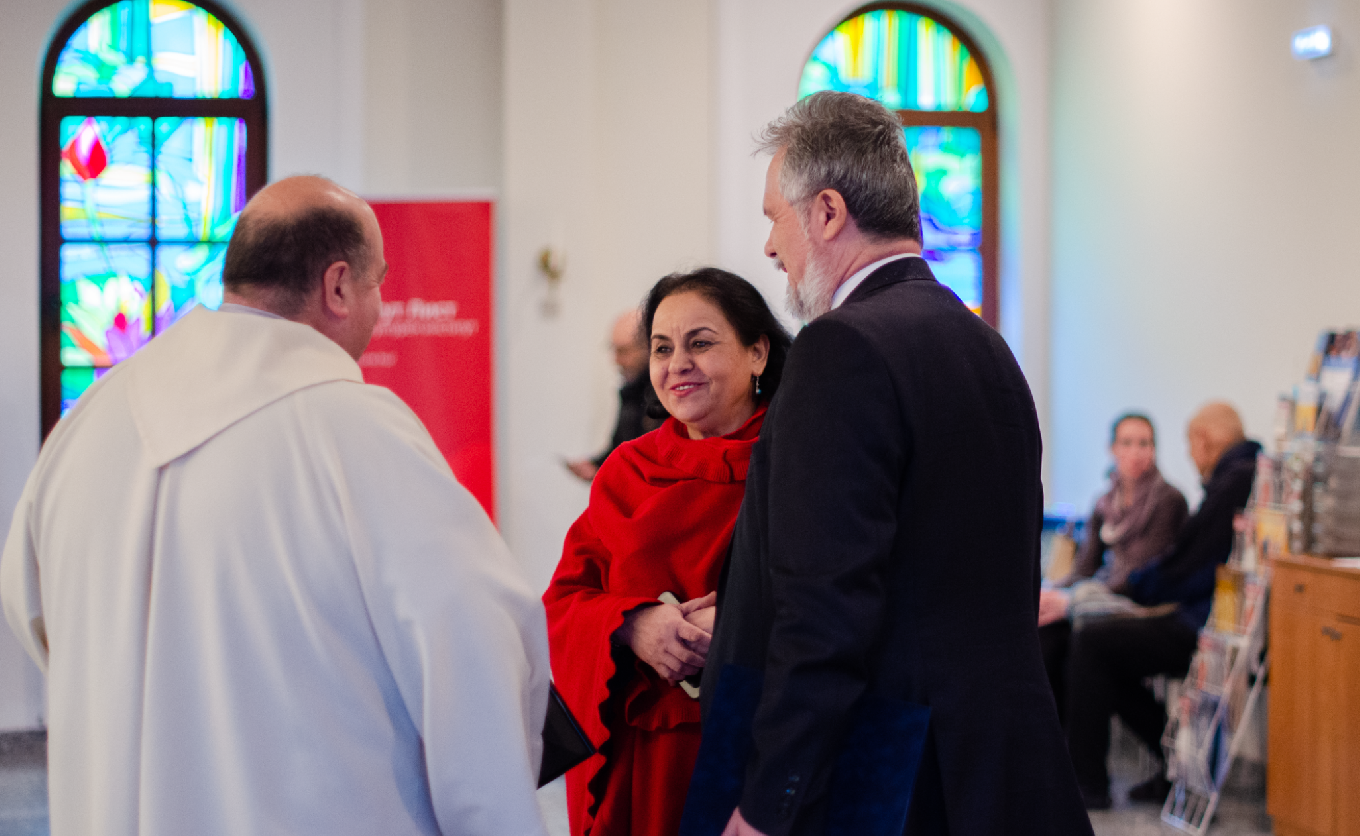
Hungarian Creativity in Bulgaria: Self-Branding Workshop, Film Retrospective, Felt Art Masterclass, Exhibition, and Goulash Celebration in Sofia
In recent weeks, the Liszt Institute in Sofia once again enriched the city's cultural scene with a vibrant array of programs. Audiences in Bulgaria were treated to inspiring events in the fields of visual arts, film, crafts, gastronomy, and sacred art.
In early March, the Credo Bonum Gallery hosted a self-branding workshop by Flóra Vági (MOME) as part of the Art Start 2025 program. The contemporary jewelry and object designer, who leads the Jewellery and Metalwork MA program at the Moholy-Nagy University of Art and Design, introduced ten enthusiastic participants to the fundamentals of building an individual artistic brand. As an active artist with extensive experience in gallery collaborations and exhibitions, Vági offered practical and valuable advice to emerging Bulgarian artists. The workshop was organized with the support of the Goethe-Institut and the Credo Bonum Gallery.
In mid-March, film enthusiasts turned their attention to the 29th Sofia International Film Festival, where the Liszt Institute paid tribute to renowned Hungarian director Szabolcs Hajdu with a retrospective film series. On March 17, the Institute screened White Palms (2005), an internationally acclaimed drama. The film follows the journey of a former gymnast whose career was cut short by injury and who later moves to Canada to become a coach. The nearly full house was deeply moved by the story, sparking a thoughtful and engaging discussion among the twenty attendees after the screening.
In early April, the Department of Textile and Fashion Design at the National Academy of Art hosted a felt-making masterclass led by István Vidák. Together with his wife Mária Nagy, Vidák was a key figure in the 1970s "nomadic generation" of Hungarian artists and brought the spirit of the Gödöllő Art Colony—rooted in secessionist and folk art revivalist traditions—to Sofia. During the four-day course, 24 participants learned traditional felting techniques from the master, who has devoted decades to preserving and passing on these artisanal skills.
Since April 9, the St. Joseph Catholic Cathedral in Sofia has been home to the exhibition Pars pro toto by painters Ádám Balogh and Tamás Csató, organized in honor of the 2025 Jubilee Year. At the opening, H.E. Miklós Boros and Rumen Stanev welcomed the audience, which included the Ambassador of Morocco. The exhibition presents a unique series of images by the two artists depicting the Stations of the Cross through fragmented renderings of Jesus’s hands—blending their distinctive artistic styles in a powerful visual narrative.
Last but not least, Hungarian gastronomy also took center stage at the end of April. On April 25, the HRC Culinary Academy hosted a goulash masterclass led by Viktor Moldován, executive chef of the renowned Gundel restaurant in Budapest. Participants had the opportunity to master the techniques behind preparing Hungary’s iconic national dish. On April 26, guests were welcomed to a flavorful Hungarian brunch celebrating the rich culinary heritage of Hungary.







